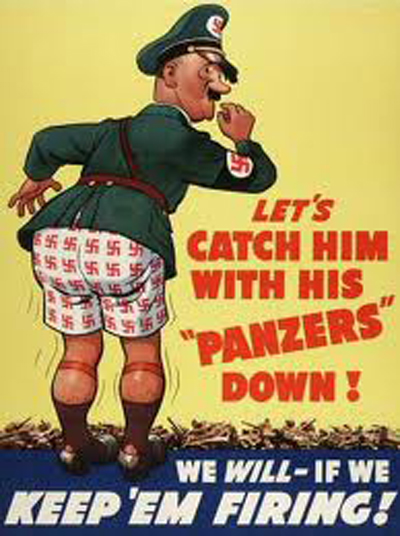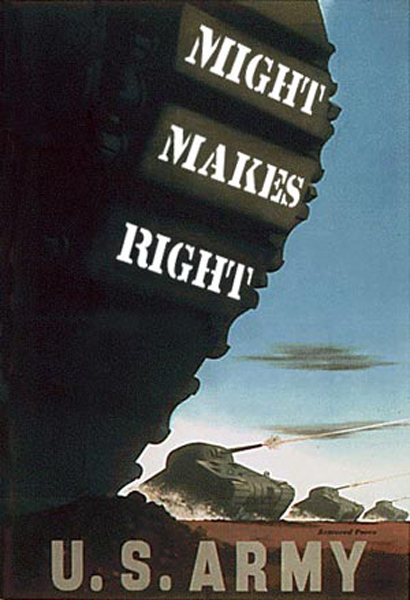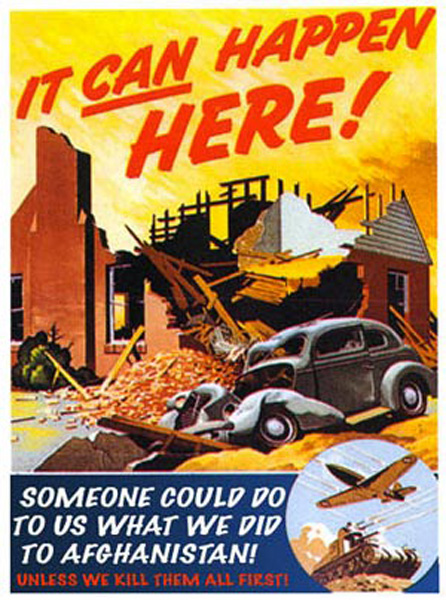 WWII political cartoon |
 Propaganda Poster from the videogame "Fallout" |
 Satire of Army propaganda |  Scathing commentary on the War in Afghanistan |
| Previous | Home |
 WWII political cartoon |
 Propaganda Poster from the videogame "Fallout" |
 Satire of Army propaganda |  Scathing commentary on the War in Afghanistan |
| Previous | Home |